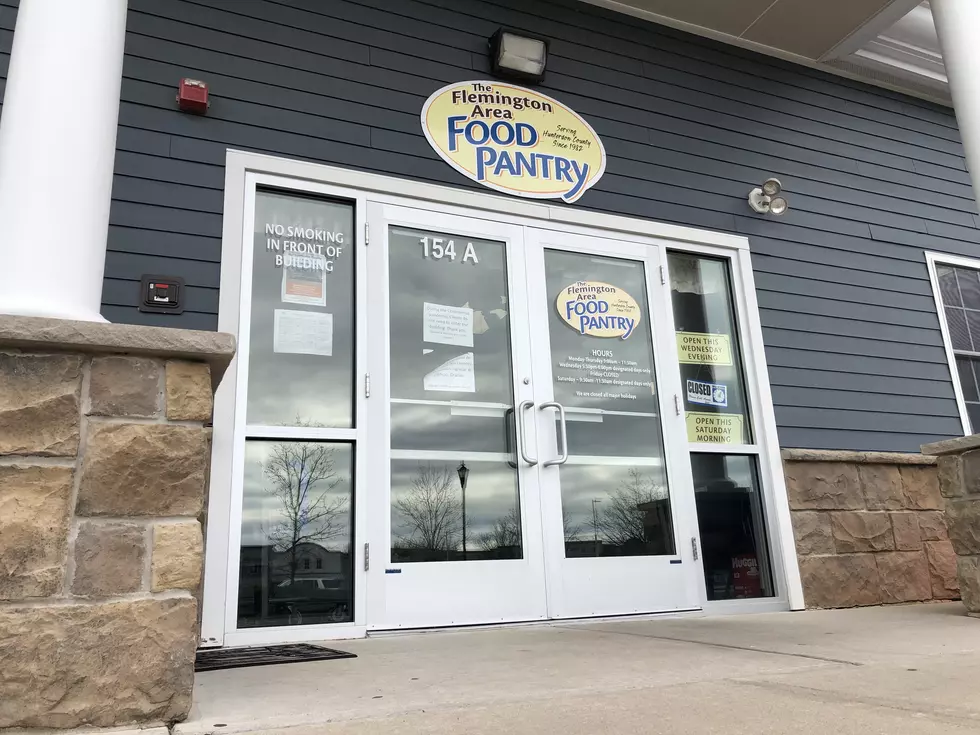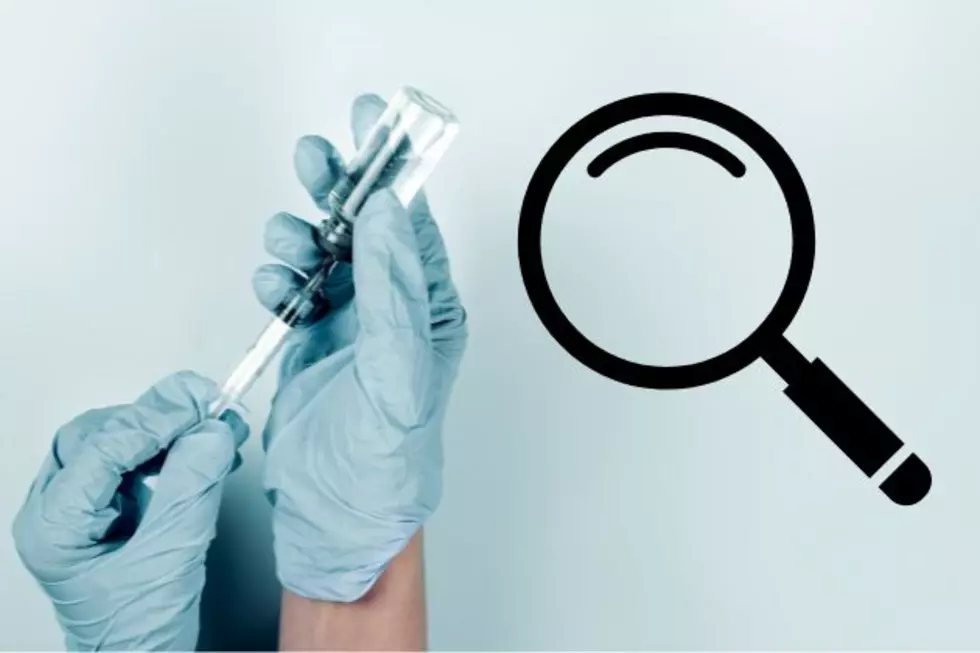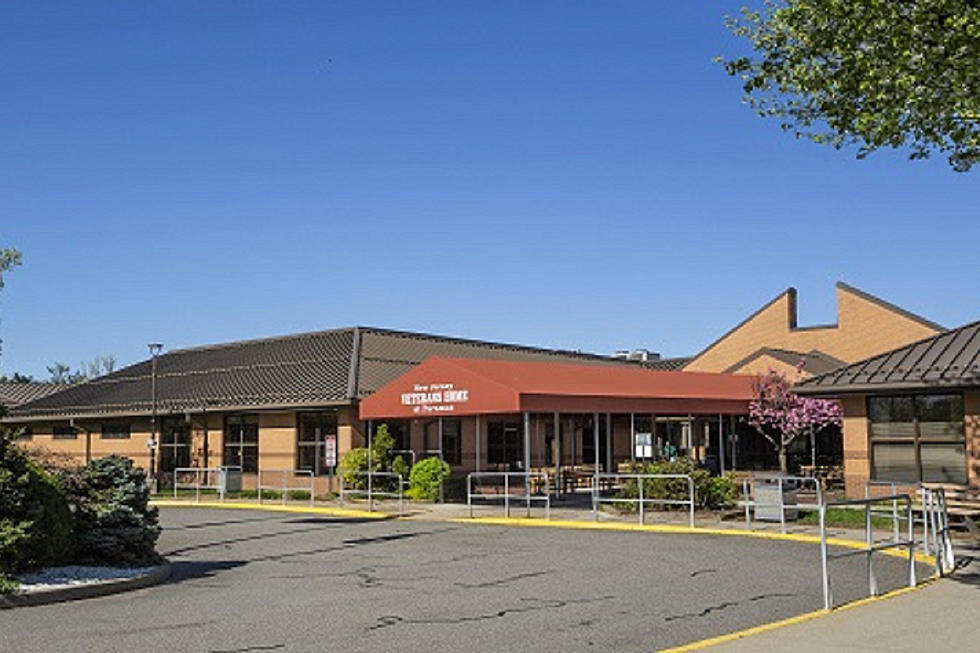
3 in 10 who’re eligible for food assistance in NJ aren’t enrolled
Nearly 300,000 New Jerseyans who are eligible for food stamps aren’t enrolled in the program, almost 3 of every 10, according to a new report from Hunger Free New Jersey.
That shortcoming in the Supplemental Nutrition Assistance Program, or SNAP, is undoubtedly even larger now than it was in 2018, the year on which the report is based, as hundreds of thousands of New Jerseyans lose their jobs due to the COVID-19 pandemic.
“Beyond the people who it’s not reaching, I think what it really illustrates is the need for improvements in capacity,” said Adele LaTourette, director of Hunger Free New Jersey. “We need to build a superstructure to support the demands that the program needs to meet. We need new infrastructure, we need new technology to make the program work as effectively as it can.”
“This is highlighted in a time of extreme need, when unprecedented numbers of people are trying to access these benefits,” she said. “And we need to make sure we can do that in regular time, and we then have the capacity to really build up and meet the demands in times of extremis.”
New Jersey has taken steps to make it easier for people to receive SNAP during the crisis by waiving a requirement for one-on-one interviews and extending certification deadline, and it has added funding to the program. But some of its issues are structural – and familiar to anyone struggling to receive their unemployment benefits.
“Honestly, they need an entirely new system. We are dealing with a system that is ancient, certainly compared to what other states are dealing with,” LaTourette said. “So we need that on the back end. And on the front end, we need a super, super simplified version of an application – as simple as we can make it and as clear as we can make it.”
LaTourette said the system also needs to be updated to allow for people to submit their paper documentation by uploading it, rather than by mail or through a physical dropbox.
“These systems cost money, and we are – listen the governor every day, we are not in a good place fiscally,” she said. “So we are going to need the support of the feds to make sure that we can again meet demand in a critically needed program.”
The "Missed Dollars, Bare Cupboards" report found that in 2018, New Jersey reached just 71% of very low-income residents through SNAP. Participation varied widely, ranging from a low of 28% in Hunterdon County to more than 84% in Hudson and Atlantic counties.
Only 56% of New Jersey’s low-income elderly received SNAP in 2018, according to the report.

The report estimates the state would claim an additional $155.5 million in federal funds annually to for the program if all low-income residents were reached.
“The money goes directly into the local economy. There’s no delays, it’s just a straight train. And we could bring $155.5 million more into the state,” LaTourette said. “We need to maximize those dollars. We need to bring those federal dollars into the state of New Jersey to feed our economy and to feed our people.”
More from New Jersey 101.5:
Thank you, frontline workers - By Mike Brant
Michael Symons is State House bureau chief for New Jersey 101.5. Contact him at michael.symons@townsquaremedia.com.
More From New Jersey 101.5 FM









